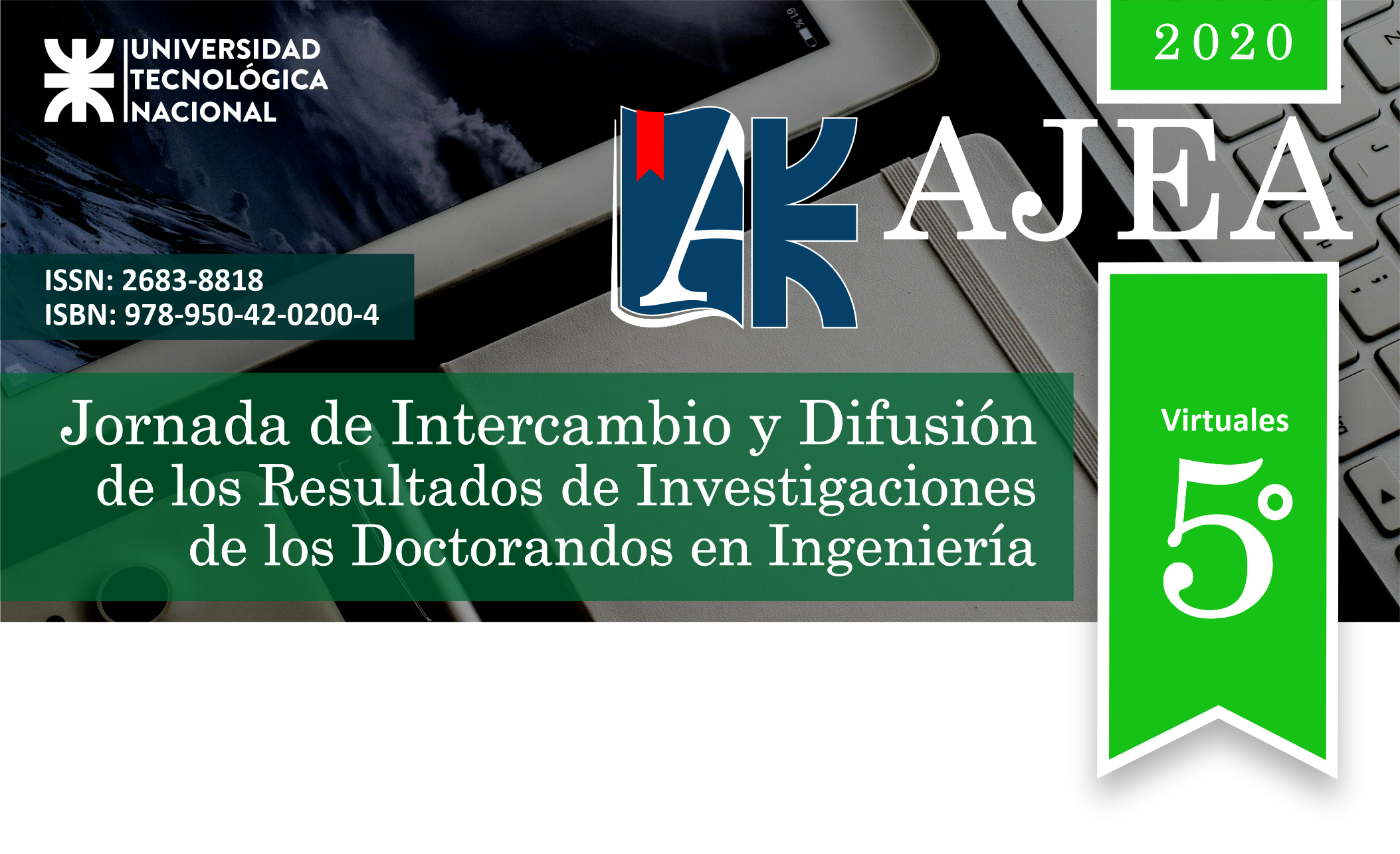Oxidation of trans-2-hexen-1-ol using mesoporous materials
DOI:
https://doi.org/10.33414/ajea.5.735.2020Keywords:
oxidation, trans-2-hexen-1-ol, mesoporous materialsAbstract
In this work, the oxidation reaction of alcohol trans-2-hexen-1-ol was studied using catalysts of the MCM-41 type. Mesoporous solids were synthesized, pure and modified with titanium, which were characterized by specific area, XRD, UV-Vis RD, FTIR and ICP. The solids showed good structural ordering and high specific area. Metal oxides were not observed in Ti-MCM-41, suggesting a good dispersion of Ti in the structure. The synthesized materials were catalytically evaluated in the oxidation reaction of trans-2-hexen-1-ol in the liquid phase, at 70 °C, using H2O2 as oxidant and acetonitrile as solvent. The reaction products were identified by GC-Mass and quantified using the response factor. The results showed that the incorporation of Ti in the mesoporous matrix increased the conversion of the substrate from 1.69% mol to 4.29% mol. Then, the effect produced by varying the substrate/oxidant molar ratio using Ti-MCM-41 was evaluated. A maximum conversion of 8.26% mol with a selectivity and yield to 2-hexenal of 85.22% mol and 7.64% mol respectively was achieved employed a molar ratio equal to 1.










